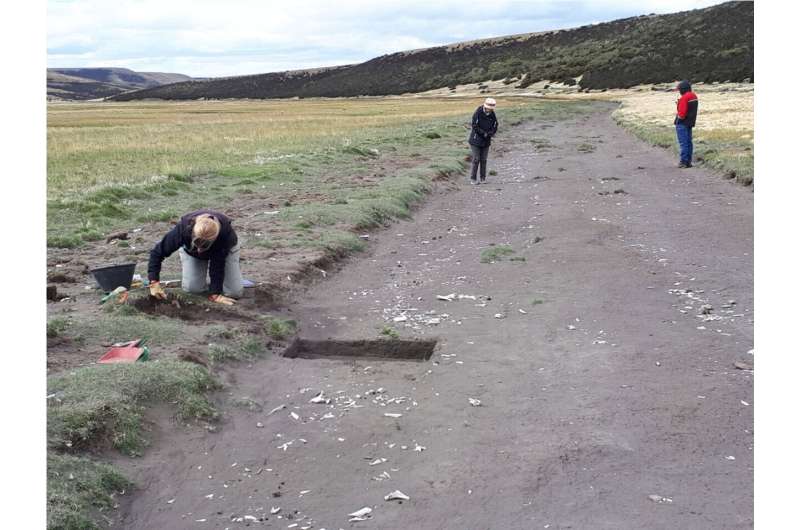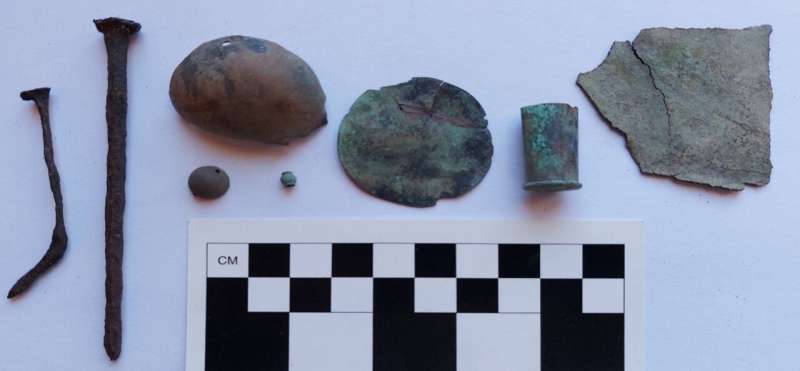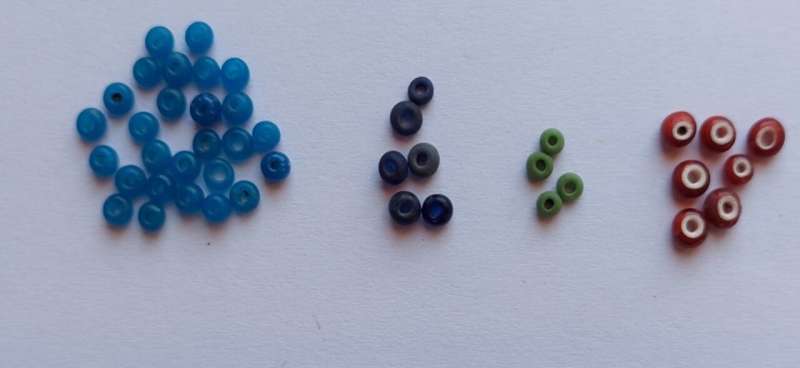December 11, 2023 report
This article has been reviewed according to Science X's editorial process and policies. Editors have highlighted the following attributes while ensuring the content's credibility:
fact-checked
peer-reviewed publication
trusted source
proofread
Study of remains uncovered in Argentina's Patagonian region shows locals raised and ate horses

A large international team of archaeologists, geologists, historians, and anthropologists has found that people living in what is now Argentina's Patagonian region had learned to raise, ride, and eat horses as early as 1600. In their paper published in the journal Science Advances, the group describes their analysis of horse bones they dug up at Chorrillo Grande 1.
The story of horses in the Americas typically revolves around their introduction in the 1800s by European settlers. Less well known are the horses that were left behind by seamen from Spain in parts of central South America, as early as 1536. Those horses, it has been found, were bred and over time became part of the story of native people living in the area for as long as 300 years—when other settlers began to arrive.
For this new study, the research team found partial leg bones and six teeth. DNA analysis showed them to be from three horses, two young females and one adult male. Other material found with the bones was dated to between 1599 and 1653.

Isotopic analysis of the bones, suggests that the older male horse had been born in Rio Gallegos, where it had lived for a while before being moved to Rio Coig. The horse remained there for a number of years but was then transferred back to Rio Gallegos prior to its death.
The researchers found burn marks and fractures on the bones from the young females, suggesting that parts of them had been cooked and eaten. Prior research has revealed other evidence of Europeans settling in Patagonia during the 1800s who consumed horse meat. Other research has also shown that the horse came to play a prominent role in Patagonian life prior to the arrival of European settlers. People there became excellent equestrians, using horses for fun and to help them hunt other animals. They also used their hides for making tents and their bones for the creation of tools.

The new research builds on previous work done by some of the same team members who back in March used interdisciplinary analyses techniques to describe the history of the horse in North America from the perspective of Native Americans, including the dispersal of horses throughout the Great Plains and Rockies.
More information: William Timothy Treal Taylor et al, Interdisciplinary evidence for early domestic horse exploitation in southern Patagonia, Science Advances (2023). DOI: 10.1126/sciadv.adk5201
Journal information: Science Advances
© 2023 Science X Network




















